Home>Furniture & Design>Interior Design Trends>How To Clean Stickers Off Glass
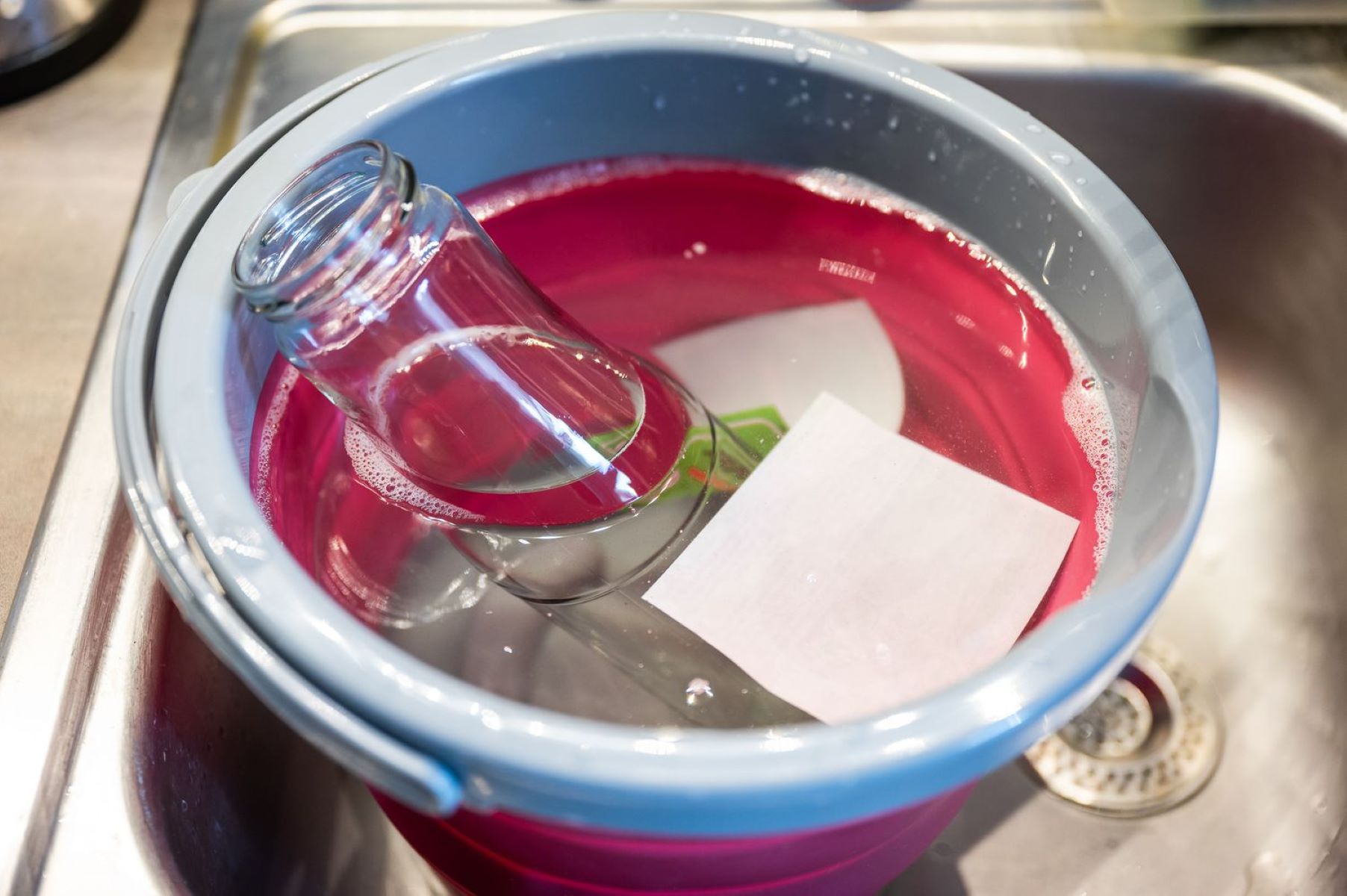

Interior Design Trends
How To Clean Stickers Off Glass
Modified: February 18, 2024
Learn how to effectively remove stickers from glass surfaces with our expert interior design tips. Keep up with the latest interior design trends!
(Many of the links in this article redirect to a specific reviewed product. Your purchase of these products through affiliate links helps to generate commission for Storables.com, at no extra cost. Learn more)
Introduction
Removing stickers from glass surfaces can be a frustrating task, especially when they leave behind stubborn residue. Whether it's a price tag, a decorative sticker, or a stubborn label, dealing with sticky remnants on glass can be a challenge. However, with the right approach and a few simple materials, you can effectively clean stickers off glass without damaging the surface.
In this guide, we'll walk you through the step-by-step process of safely and efficiently removing stickers and their residue from glass. By following these methods, you can restore the pristine look of your glass surfaces and enjoy a clear, sticker-free view.
Let's dive into the materials and steps needed to tackle this common household annoyance.
Key Takeaways:
- Say goodbye to sticker residue! Soak, scrape, and clean with household items like rubbing alcohol and a plastic scraper to restore glass surfaces to their pristine state.
- Restore glass to its sparkling best! Use gentle materials like microfiber cloths and soapy water to safely and effectively remove stickers without leaving any unsightly remnants.
Read more: What Takes Stickers Off Glass
Materials Needed
To effectively remove stickers from glass surfaces, you'll need a few basic materials that are readily available in most households. These items are essential for safely and efficiently tackling the task at hand. Here's what you'll need:
-
Rubbing Alcohol or Vinegar: Both rubbing alcohol and vinegar are excellent solvents for breaking down adhesive residue. They are gentle on glass surfaces and help dissolve the sticky remnants left behind by stickers.
-
Microfiber Cloth or Soft Sponge: Using a soft, non-abrasive cloth or sponge is crucial to prevent scratching the glass while cleaning. Microfiber cloths are particularly effective for gently wiping away residue without leaving lint or streaks behind.
-
Plastic Scraper or Credit Card: A plastic scraper or an old credit card can be used to carefully lift the edges of the stickers without scratching or damaging the glass. These tools provide a safe way to loosen the stickers from the surface.
-
Warm, Soapy Water: A solution of warm water and mild dish soap serves as a gentle yet effective cleaner for prepping the glass surface before sticker removal. It helps loosen the adhesive and facilitates the sticker removal process.
-
Rubber Gloves: While not essential, wearing rubber gloves can protect your hands from any harsh chemicals and ensure a comfortable cleaning experience.
-
Optional: Goo Gone or Commercial Adhesive Remover: In cases where stickers have left particularly stubborn residue, a commercial adhesive remover such as Goo Gone can be used as a last resort. However, it's important to test these products on a small, inconspicuous area of the glass first to ensure they won't cause damage.
By gathering these materials, you'll be well-equipped to tackle the task of removing stickers from glass surfaces with ease and efficiency. With the right tools at your disposal, you can restore the pristine appearance of your glass items without causing any damage in the process.
Step 1: Soaking the Stickers
The first step in effectively removing stickers from glass surfaces involves soaking the stickers to loosen their adhesive grip. This process is crucial for softening the sticker and making it easier to peel off without leaving behind residue or causing damage to the glass.
To begin, dampen a microfiber cloth or sponge with rubbing alcohol or vinegar. Both of these substances serve as excellent solvents for breaking down adhesive residue without harming the glass. Gently press the damp cloth or sponge against the sticker, ensuring that it is thoroughly saturated. Allow the alcohol or vinegar to penetrate the sticker for a few minutes, effectively loosening its bond with the glass.
Alternatively, you can create a soaking solution by mixing warm water with a small amount of mild dish soap. Dip the cloth or sponge into the soapy water and apply it to the sticker, ensuring that the entire sticker is thoroughly moistened. The warm, soapy water helps to weaken the adhesive, making it easier to remove the sticker without leaving behind sticky residue.
Once the sticker is adequately soaked, allow the solvent or soapy water to work its magic for several minutes. This soaking period is essential for ensuring that the adhesive bond is sufficiently weakened, making the sticker easier to lift off the glass surface.
After allowing the sticker to soak, gently attempt to lift the edges using a plastic scraper or an old credit card. Carefully work the scraper under the edges of the sticker, applying gentle pressure to lift it from the glass. If resistance is encountered, reapply the solvent or soapy water and allow it to continue soaking until the sticker can be lifted without excessive force.
By effectively soaking the stickers, you can significantly reduce the effort required to remove them from glass surfaces. This method sets the stage for the subsequent steps in the sticker removal process, ensuring that the stickers can be lifted off without leaving behind stubborn residue or causing damage to the glass.
By following this method, you can effectively prepare the stickers for removal, setting the stage for the next steps in the sticker removal process.
Step 2: Scraping the Stickers
With the stickers adequately soaked and the adhesive bond weakened, the next step involves carefully scraping the stickers off the glass surface. This process requires patience and precision to ensure that the stickers are lifted without leaving behind residue or causing damage to the glass.
Using a plastic scraper or an old credit card, gently work the edge of the tool under the lifted portion of the sticker. Apply steady and controlled pressure to gradually peel the sticker away from the glass. It's important to avoid using excessive force, as this can increase the risk of leaving behind sticky remnants or scratching the glass surface.
As you peel the sticker, continue to apply the rubbing alcohol, vinegar, or warm, soapy water to the area being worked on. This helps to further loosen the adhesive and facilitates the smooth removal of the sticker. If the sticker begins to resist or tear, reapply the solvent and allow it to soak for a few more minutes before attempting to lift the sticker again.
It's essential to work slowly and methodically, ensuring that the sticker is lifted in small sections to minimize the risk of tearing or leaving behind residue. By maintaining a gentle and patient approach, you can effectively remove the stickers without causing any damage to the glass.
In cases where the sticker leaves behind stubborn residue or small fragments, use the plastic scraper or credit card to carefully lift and remove these remnants from the glass surface. Take care to avoid using sharp or abrasive tools that could scratch the glass. Instead, rely on the gentle but firm pressure of the plastic scraper to lift off any remaining adhesive or paper fragments.
By methodically scraping the stickers and any residual fragments from the glass, you can ensure that the surface is left clean and free of any sticky remnants. This sets the stage for the final steps in the sticker removal process, allowing you to restore the glass to its pristine condition.
By following this method, you can effectively and safely scrape the stickers off the glass surface, preparing it for the subsequent steps in the sticker removal process.
Use a mixture of warm water and mild dish soap to soak the sticker. Gently scrape it off with a plastic scraper or credit card. Use rubbing alcohol to remove any remaining residue.
Step 3: Removing Residue
After successfully lifting the stickers from the glass surface, the next crucial step involves removing any residual adhesive or sticky residue left behind. This process is essential for restoring the glass to its pristine condition and ensuring that no unsightly remnants mar its appearance.
To tackle the residual adhesive, begin by dampening a clean microfiber cloth or soft sponge with rubbing alcohol or vinegar. Both of these substances serve as effective solvents for breaking down adhesive residue without causing damage to the glass. Gently dab the dampened cloth or sponge onto the areas where the stickers were previously located, ensuring that the residue is thoroughly saturated.
Allow the rubbing alcohol or vinegar to work its magic for a few minutes, effectively loosening the residual adhesive. As the solvent penetrates the sticky remnants, you may begin to notice the residue softening and becoming easier to lift off the glass surface.
Using gentle, circular motions, carefully rub the dampened cloth or sponge over the areas with residual adhesive. Apply consistent but controlled pressure to gradually lift the sticky remnants from the glass. It's important to avoid using excessive force, as this could potentially scratch the glass surface.
In cases where the adhesive residue proves particularly stubborn, a commercial adhesive remover such as Goo Gone can be used as a last resort. However, it's crucial to exercise caution and test the product on a small, inconspicuous area of the glass first to ensure that it won't cause any damage.
Once the residual adhesive has been effectively lifted from the glass, use a fresh microfiber cloth or soft sponge to wipe the surface clean. Dampen the cloth with warm, soapy water and gently wipe the glass to remove any remaining traces of adhesive or solvent. This final cleaning step helps ensure that the glass surface is left smooth, clear, and free of any sticky residue.
By effectively removing the residual adhesive, you can restore the glass to its original, pristine state, free from any unsightly remnants. This sets the stage for the final step in the sticker removal process, allowing you to enjoy a clear, spotless glass surface once again.
Following this method, you can safely and efficiently remove any residual adhesive from the glass, preparing it for the final step in the sticker removal process.
Read more: How To Clean Soot Off Glass
Step 4: Cleaning the Glass
With the stickers successfully removed and any residual adhesive lifted from the glass surface, the final step involves thoroughly cleaning the glass to ensure a pristine, spotless finish. This critical stage not only removes any remaining traces of adhesive or cleaning agents but also enhances the overall clarity and appearance of the glass.
To begin the cleaning process, prepare a solution of warm water and mild dish soap in a clean container. Ensure that the soap is thoroughly diluted in the water to create a gentle yet effective cleaning solution. Dampen a fresh microfiber cloth or soft sponge with the soapy water, wringing out any excess liquid to prevent drips.
Gently wipe the dampened cloth or sponge across the entire glass surface, using smooth, circular motions to remove any remaining residue, fingerprints, or smudges. Pay particular attention to areas where the stickers were previously located, ensuring that any lingering traces of adhesive or solvent are effectively removed.
Once the glass has been thoroughly wiped with the soapy water solution, rinse the cloth or sponge to remove any soapy residue. Dampen the clean cloth with plain water and carefully wipe the entire glass surface to rinse off any remaining soap. This rinsing step helps ensure that the glass is left free of any soap residue, promoting a streak-free, crystal-clear finish.
After rinsing the glass, use a dry microfiber cloth to gently buff the surface, removing any remaining moisture or streaks. The soft, absorbent nature of the microfiber cloth helps to achieve a flawless, lint-free finish, leaving the glass sparkling and clear.
If any stubborn smudges or streaks persist, a small amount of glass cleaner can be applied to a fresh microfiber cloth and used to gently polish the affected areas. However, it's important to use the glass cleaner sparingly and avoid excessive spraying directly onto the glass to prevent streaking.
Once the glass has been thoroughly cleaned and polished, step back and admire the pristine, sticker-free surface. The glass should now boast a crystal-clear appearance, free of any remnants or blemishes, allowing you to fully appreciate its transparency and shine.
By following this meticulous cleaning process, you can ensure that the glass is left in immaculate condition, ready to showcase its clarity and beauty without any lingering traces of the sticker removal process. This final step completes the comprehensive process of safely and effectively cleaning stickers off glass surfaces, leaving them looking as good as new.
Conclusion
In conclusion, successfully removing stickers from glass surfaces requires a methodical approach and the right materials to ensure a safe and effective process. By following the step-by-step guide outlined in this article, you can confidently tackle the task of cleaning stickers off glass without causing any damage to the surface. From soaking the stickers to meticulously cleaning the glass, each step plays a crucial role in achieving a pristine, sticker-free finish.
The initial step of soaking the stickers with rubbing alcohol, vinegar, or a warm, soapy water solution sets the stage for easy removal by weakening the adhesive bond. This gentle approach ensures that the stickers can be lifted without leaving behind stubborn residue or causing damage to the glass. The subsequent process of carefully scraping the stickers and any residual fragments from the glass surface requires patience and precision to ensure a smooth, residue-free finish.
Removing any residual adhesive left behind is a critical step in restoring the glass to its original, spotless condition. The use of rubbing alcohol, vinegar, or a commercial adhesive remover, if necessary, effectively lifts the sticky remnants, leaving the glass smooth and clear. The final cleaning stage ensures that the glass is thoroughly cleansed and polished, free of any lingering traces of the sticker removal process.
By diligently following each step and utilizing the recommended materials, you can achieve a pristine, sticker-free glass surface that showcases its transparency and beauty. The use of gentle, non-abrasive materials such as microfiber cloths and plastic scrapers helps safeguard the glass from scratches or damage, ensuring a safe and effective sticker removal process.
With the comprehensive approach outlined in this guide, you can confidently tackle the task of cleaning stickers off glass, restoring the clarity and pristine appearance of your glass surfaces. By incorporating the recommended materials and methods, you can effectively remove stickers from glass without leaving behind any unsightly remnants, allowing you to enjoy a clear, spotless view through your glass items.
In summary, the process of cleaning stickers off glass surfaces involves a combination of gentle soaking, careful scraping, adhesive removal, and thorough cleaning. By following these steps, you can achieve a sticker-free glass surface that gleams with clarity and transparency, free from any remnants of the sticker removal process.
Frequently Asked Questions about How To Clean Stickers Off Glass
Was this page helpful?
At Storables.com, we guarantee accurate and reliable information. Our content, validated by Expert Board Contributors, is crafted following stringent Editorial Policies. We're committed to providing you with well-researched, expert-backed insights for all your informational needs.
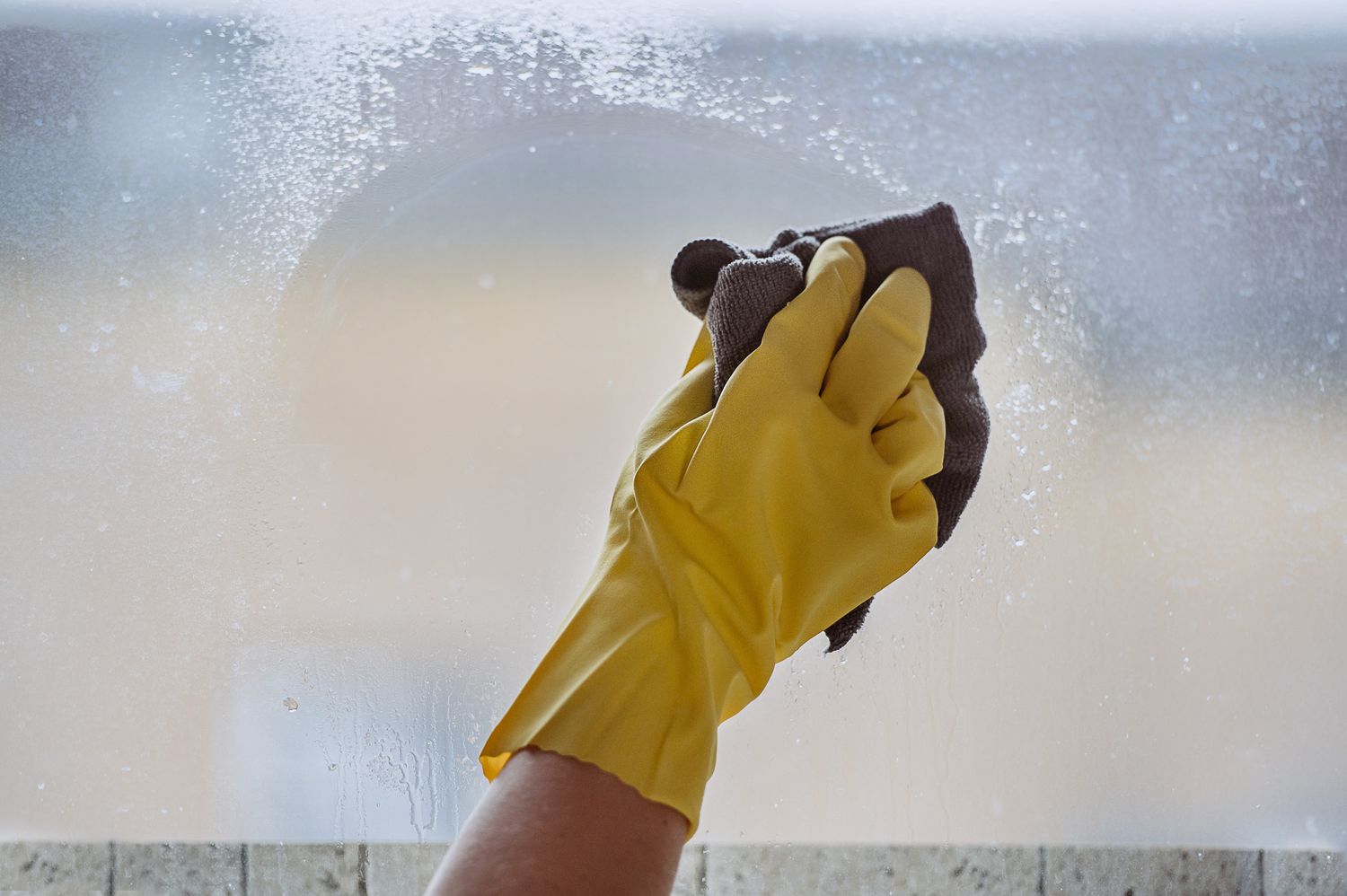
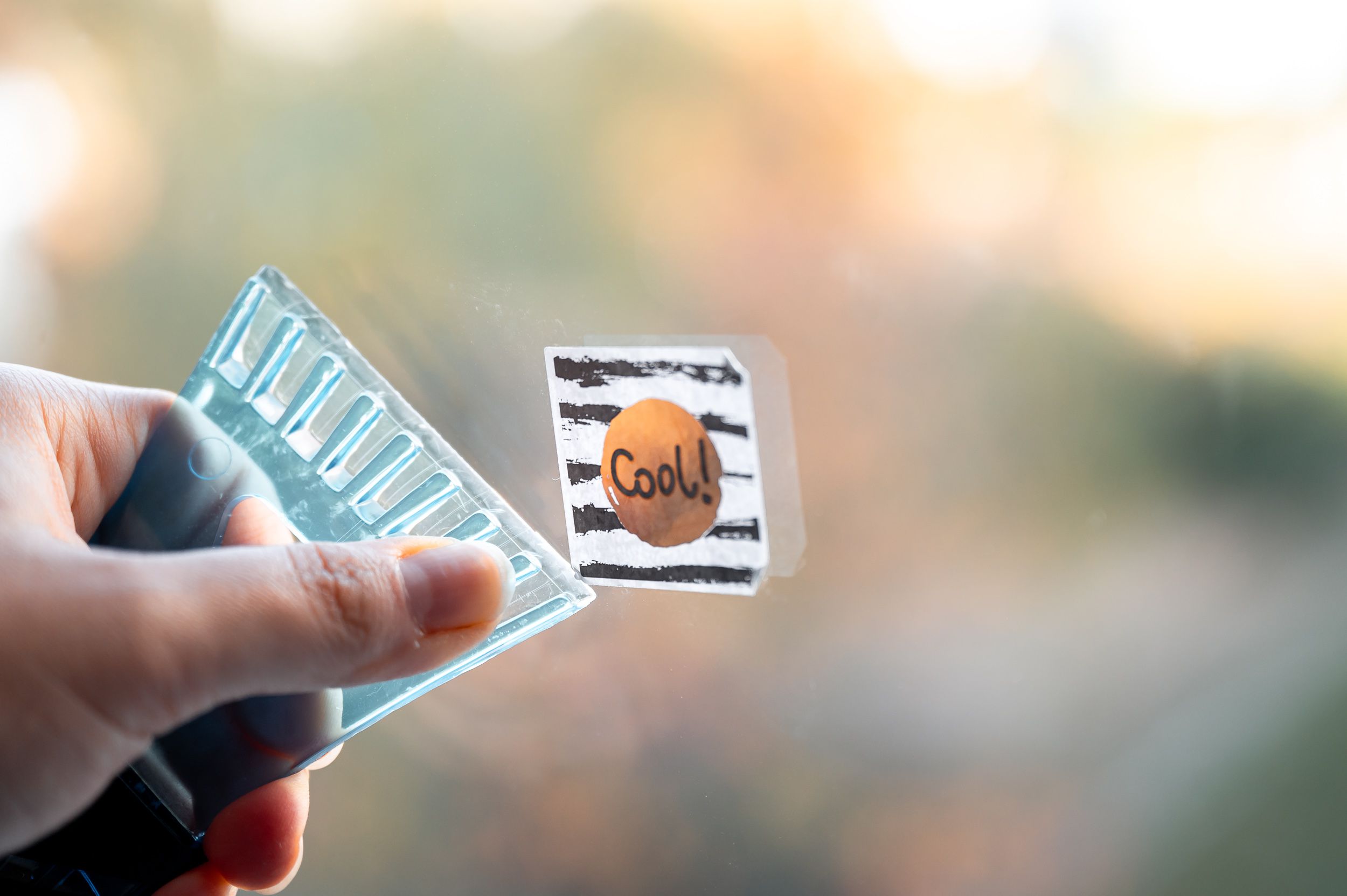
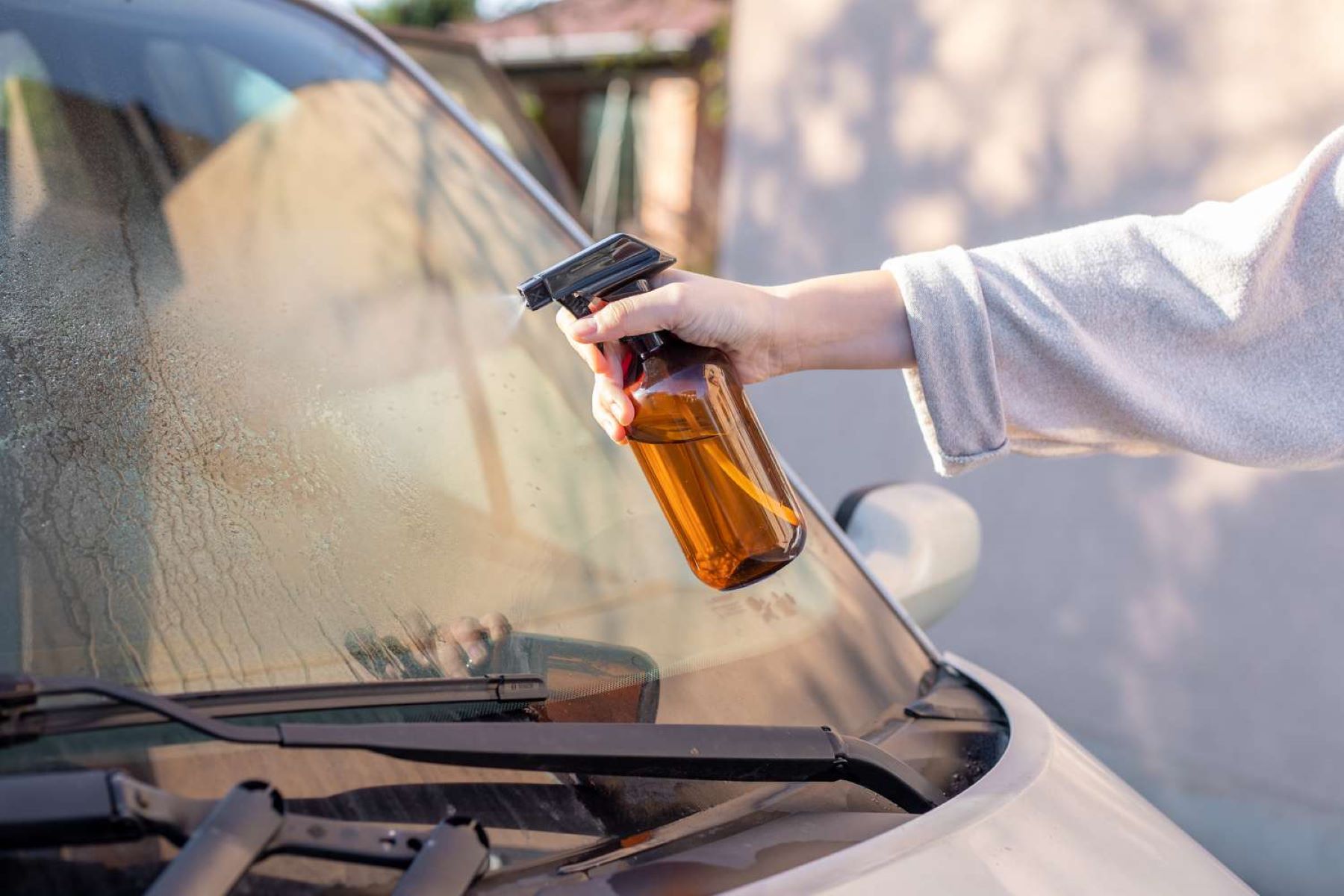
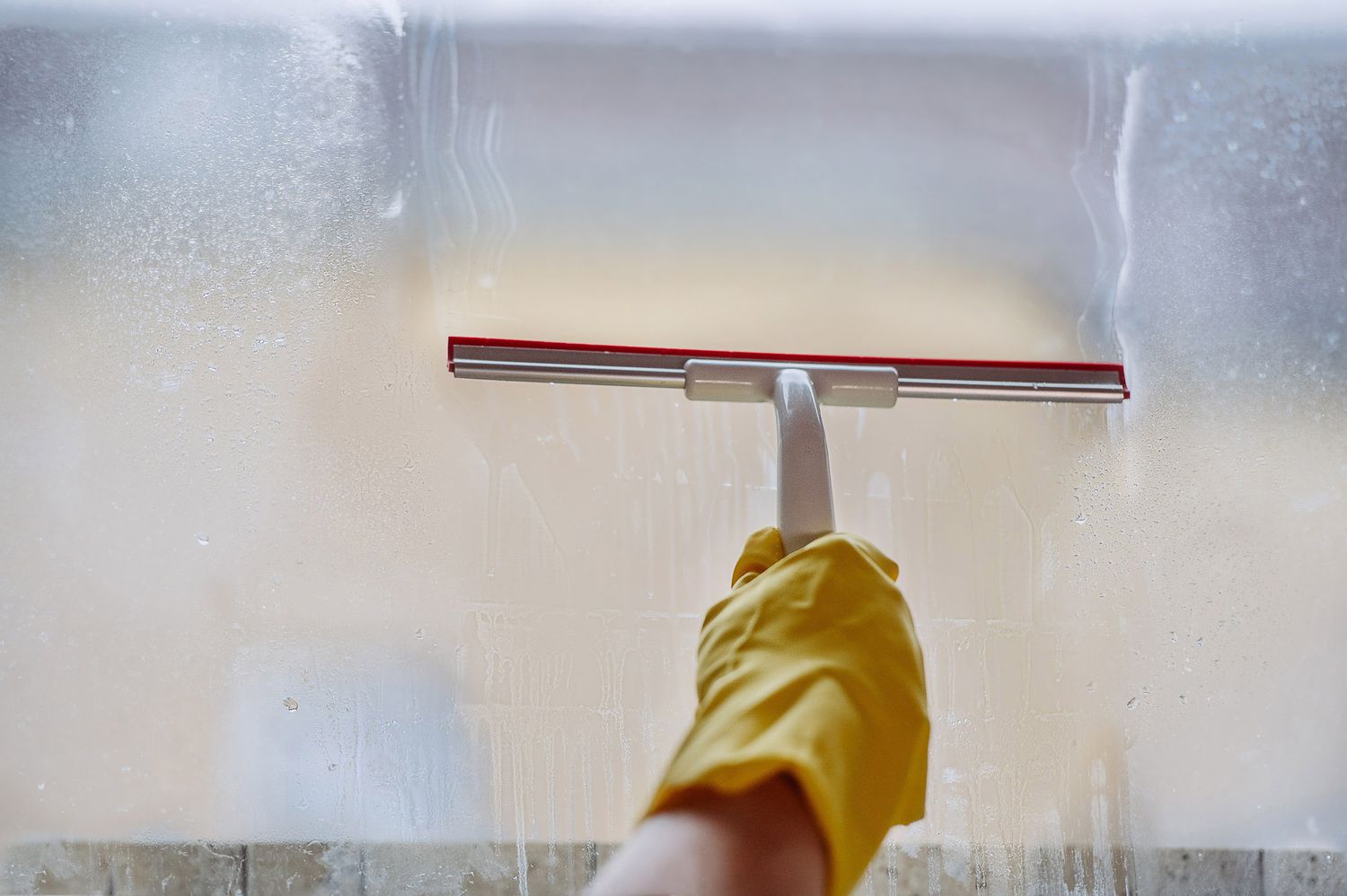
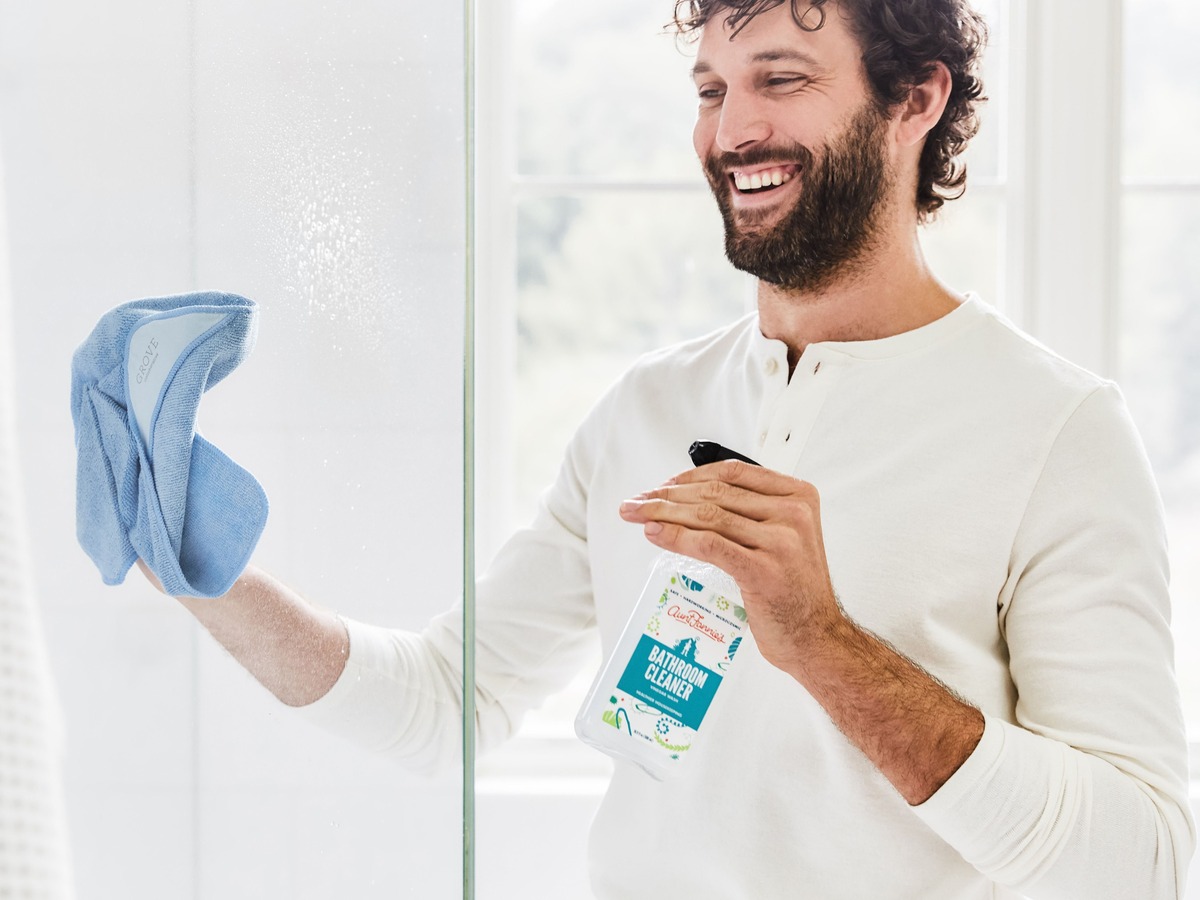
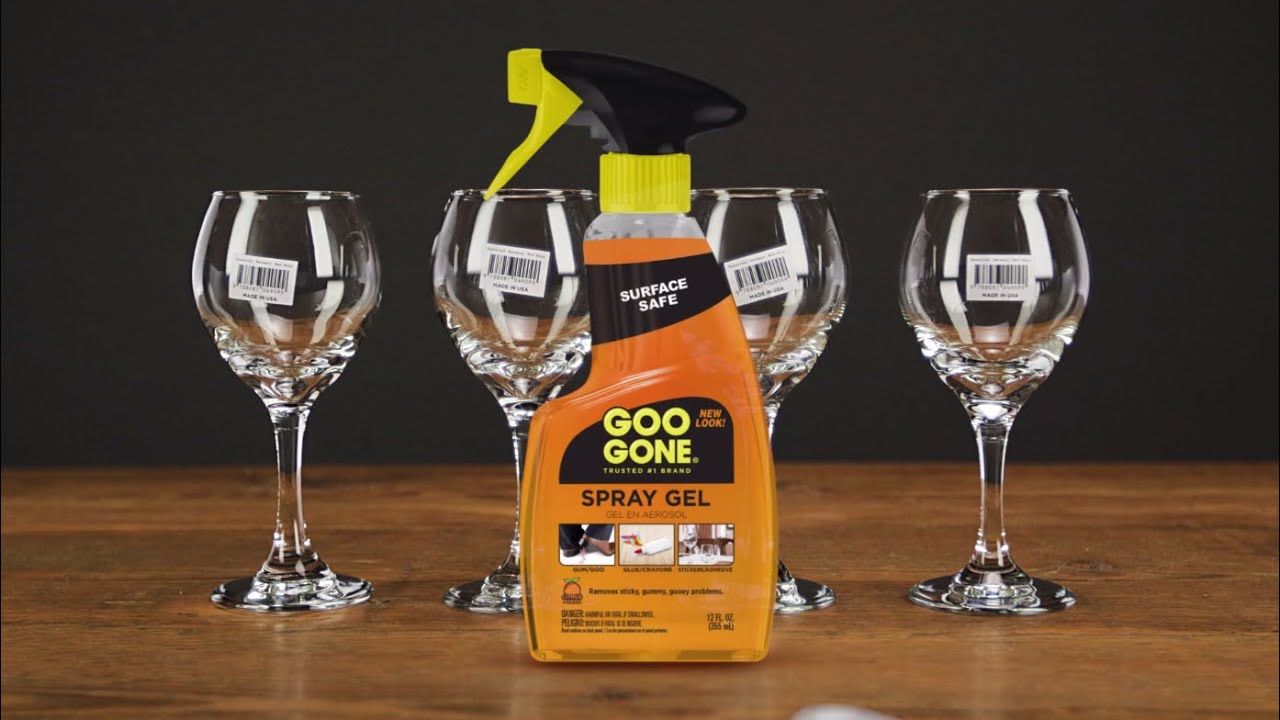
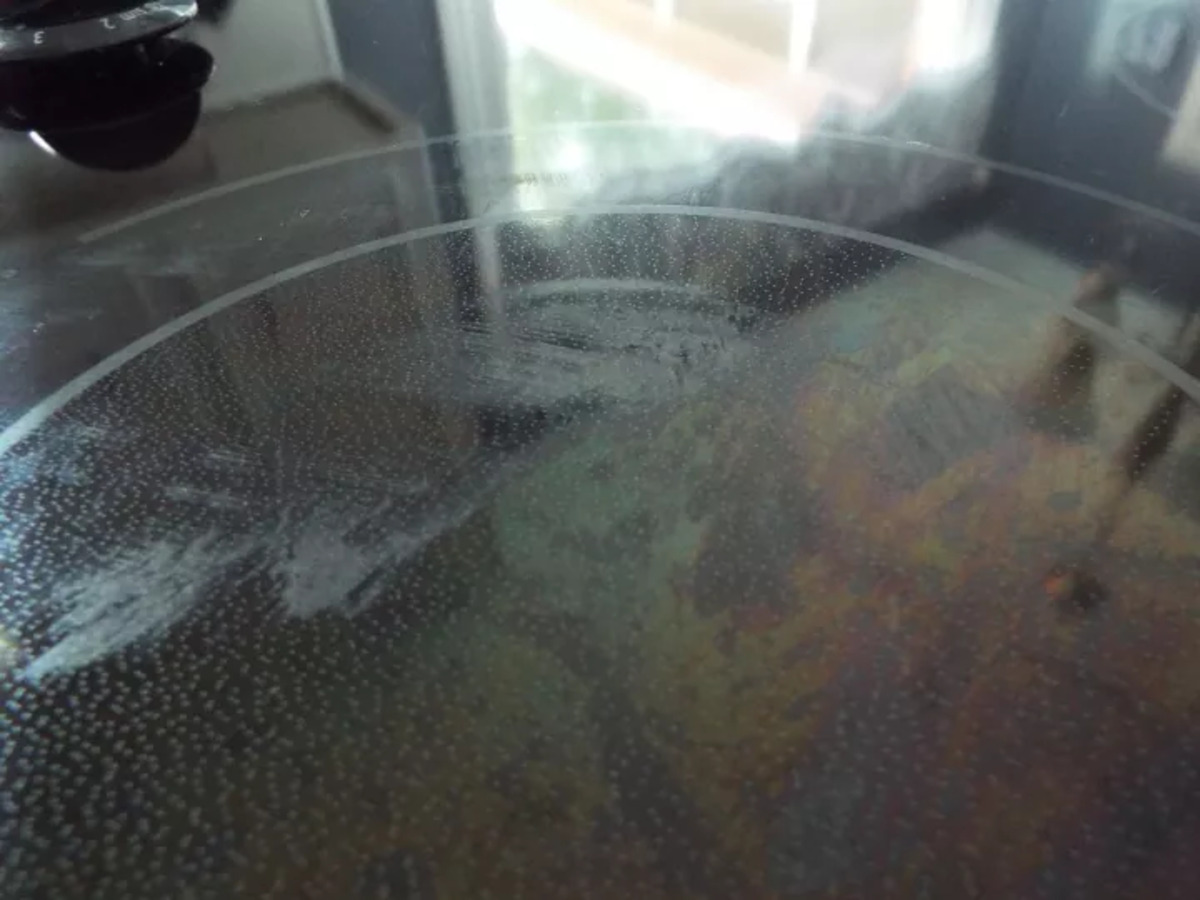
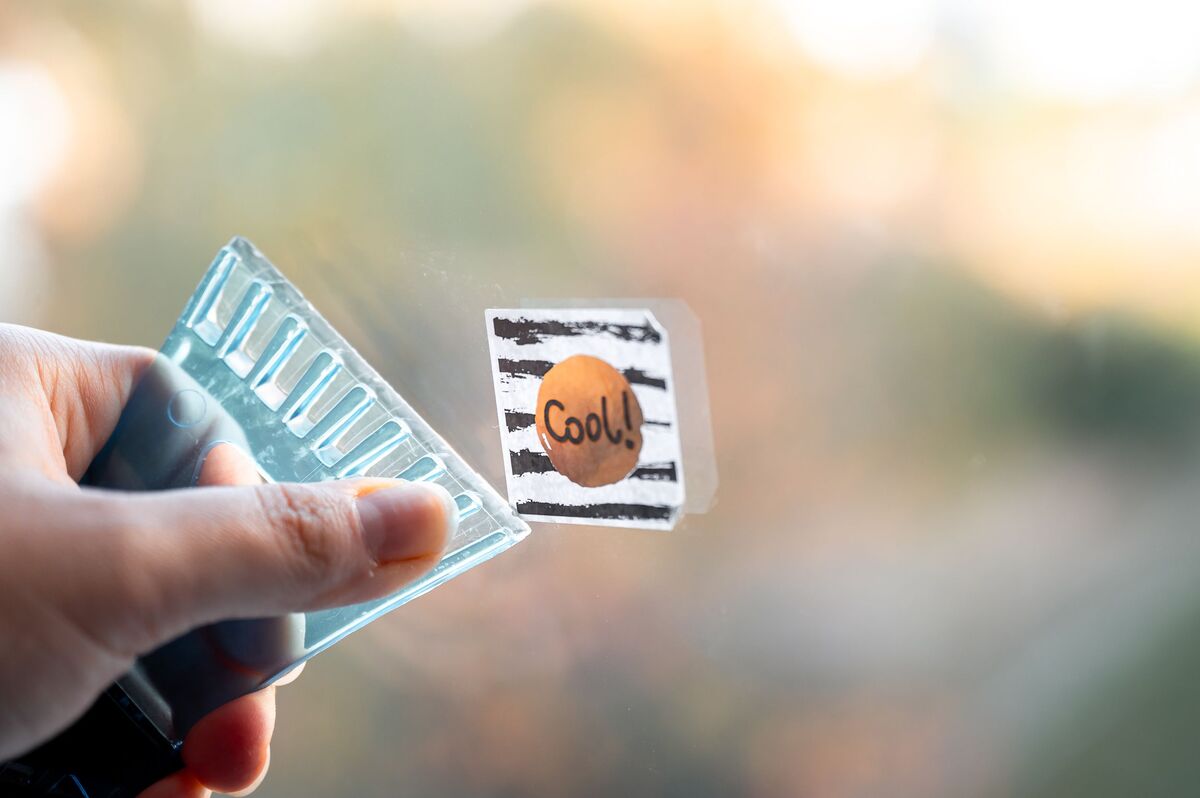
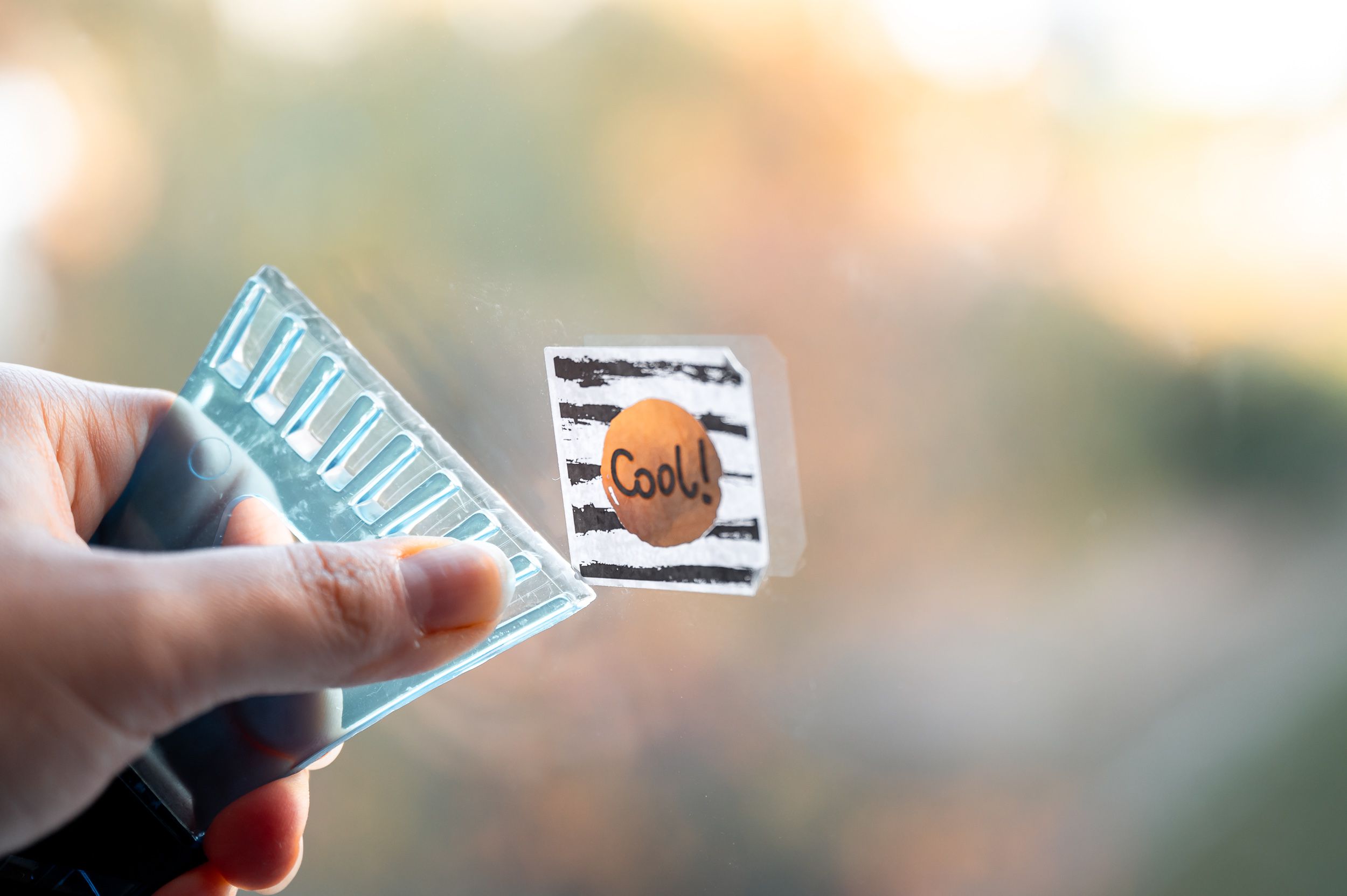
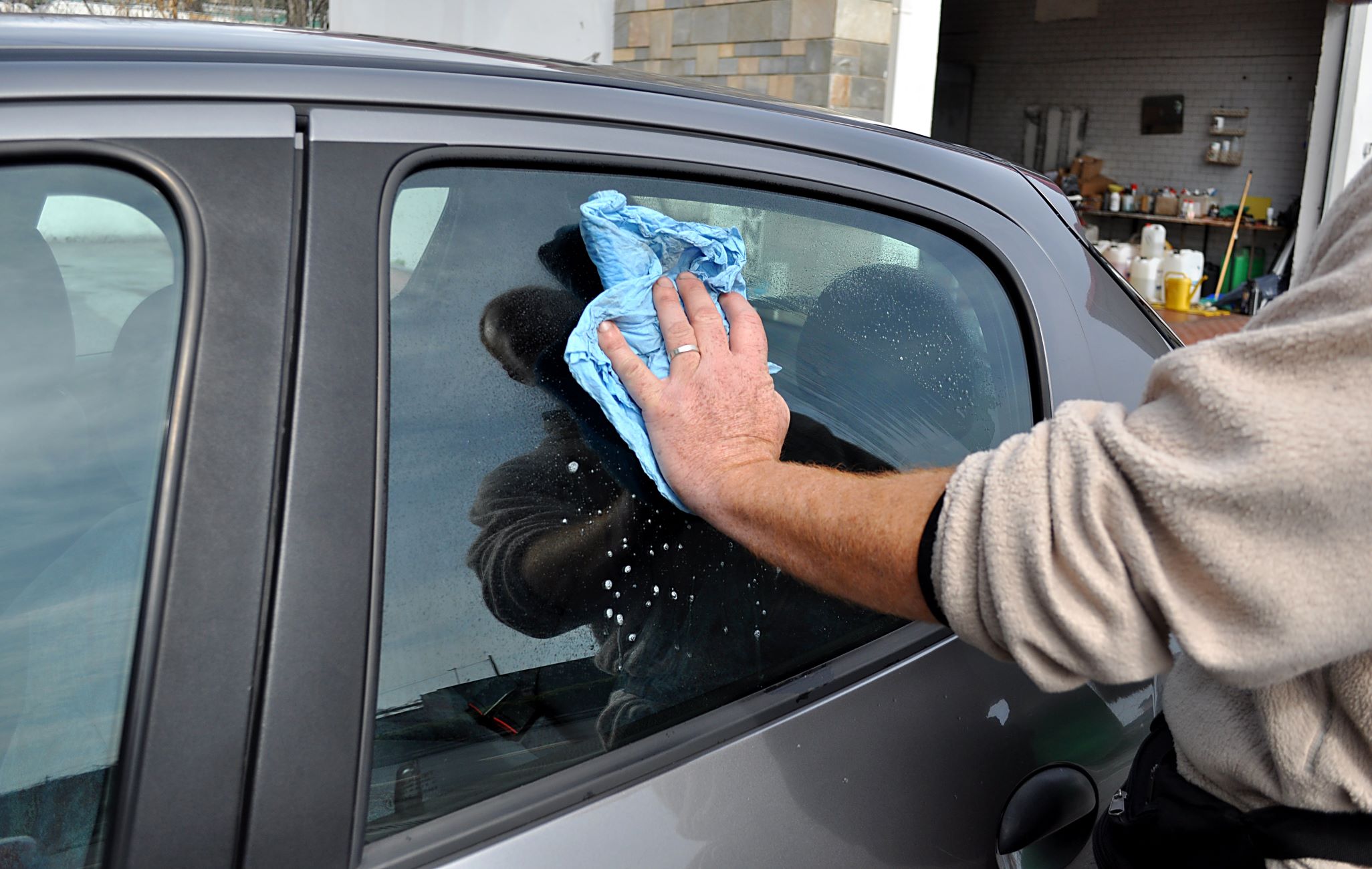
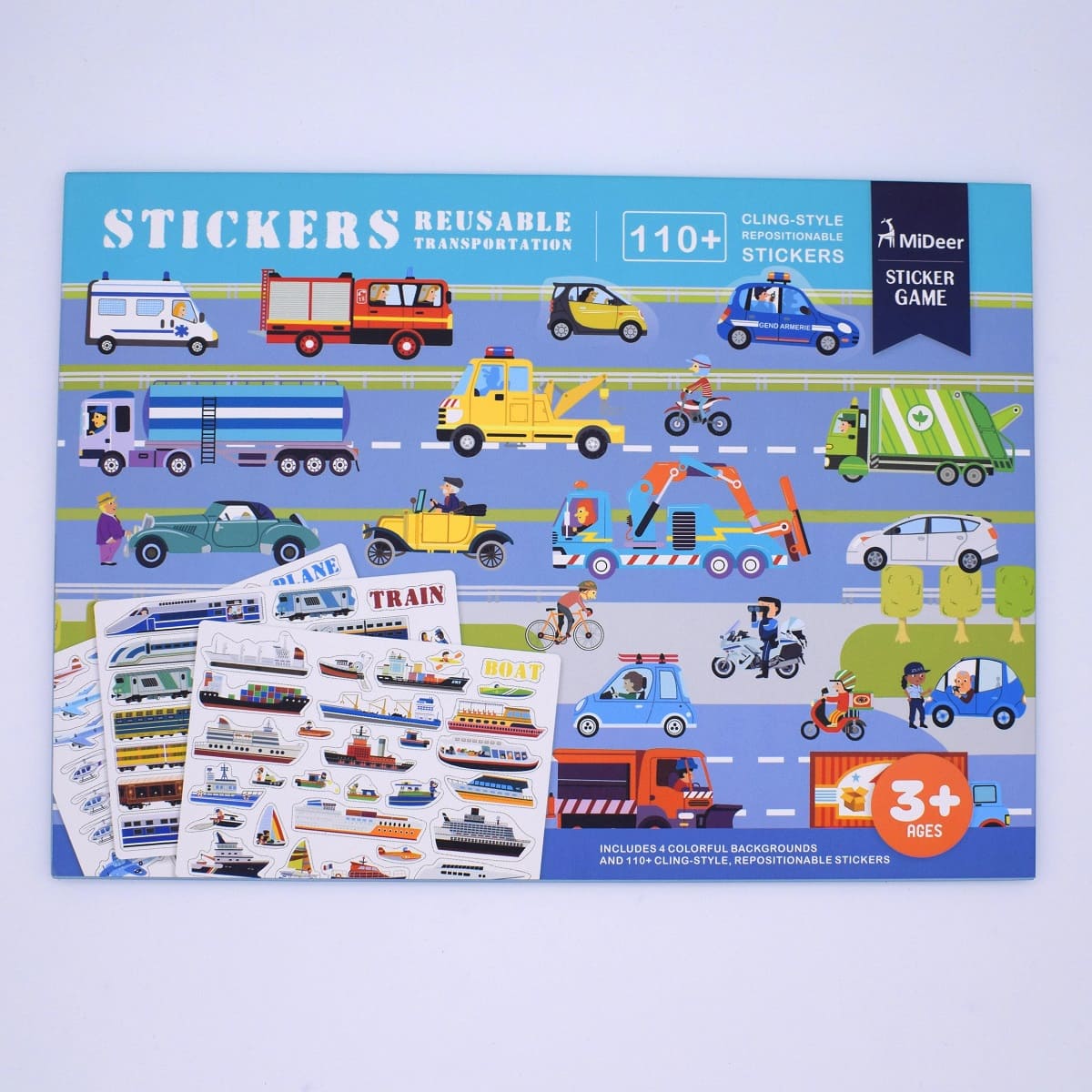
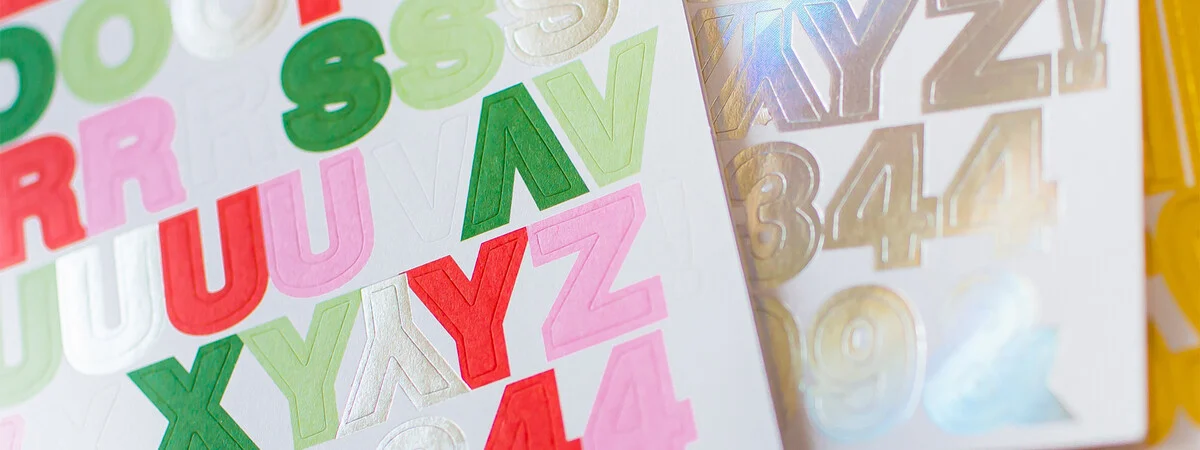
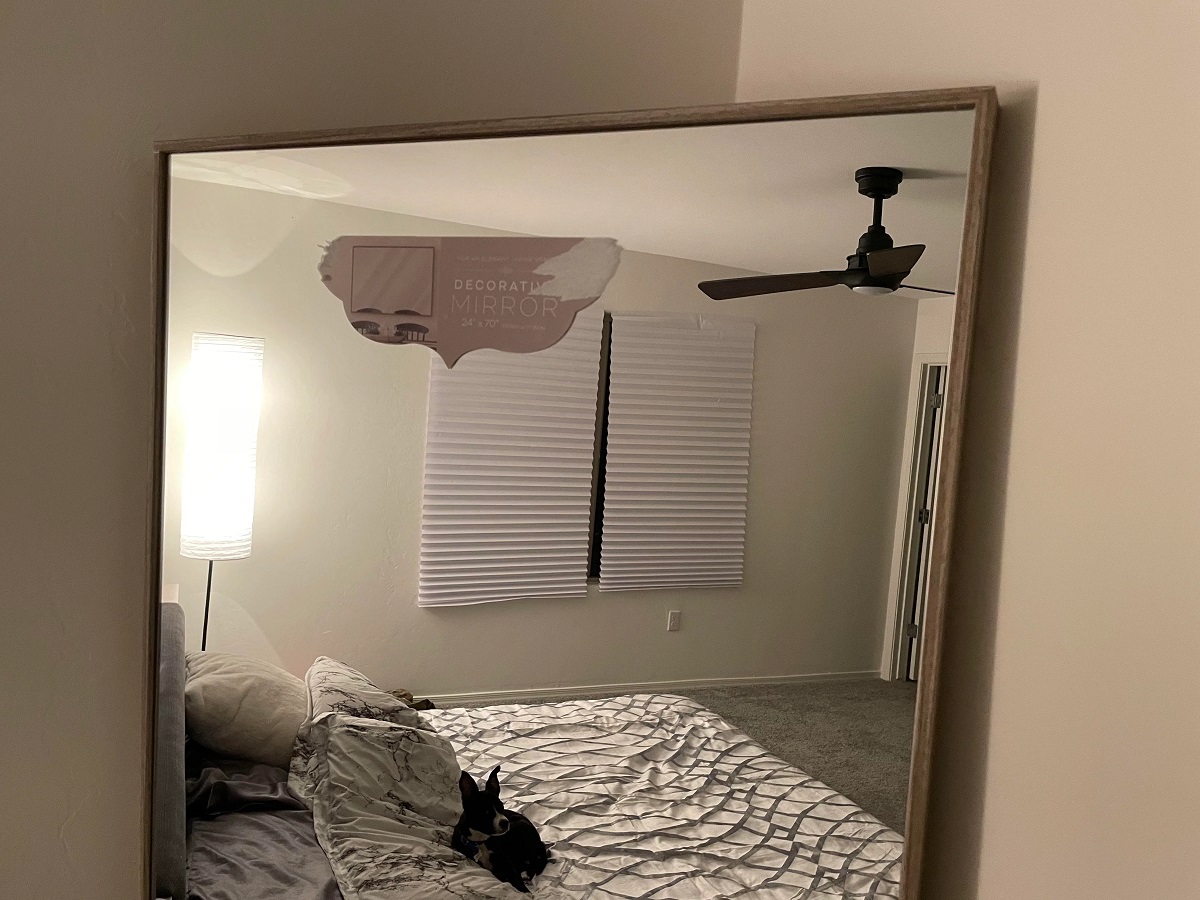
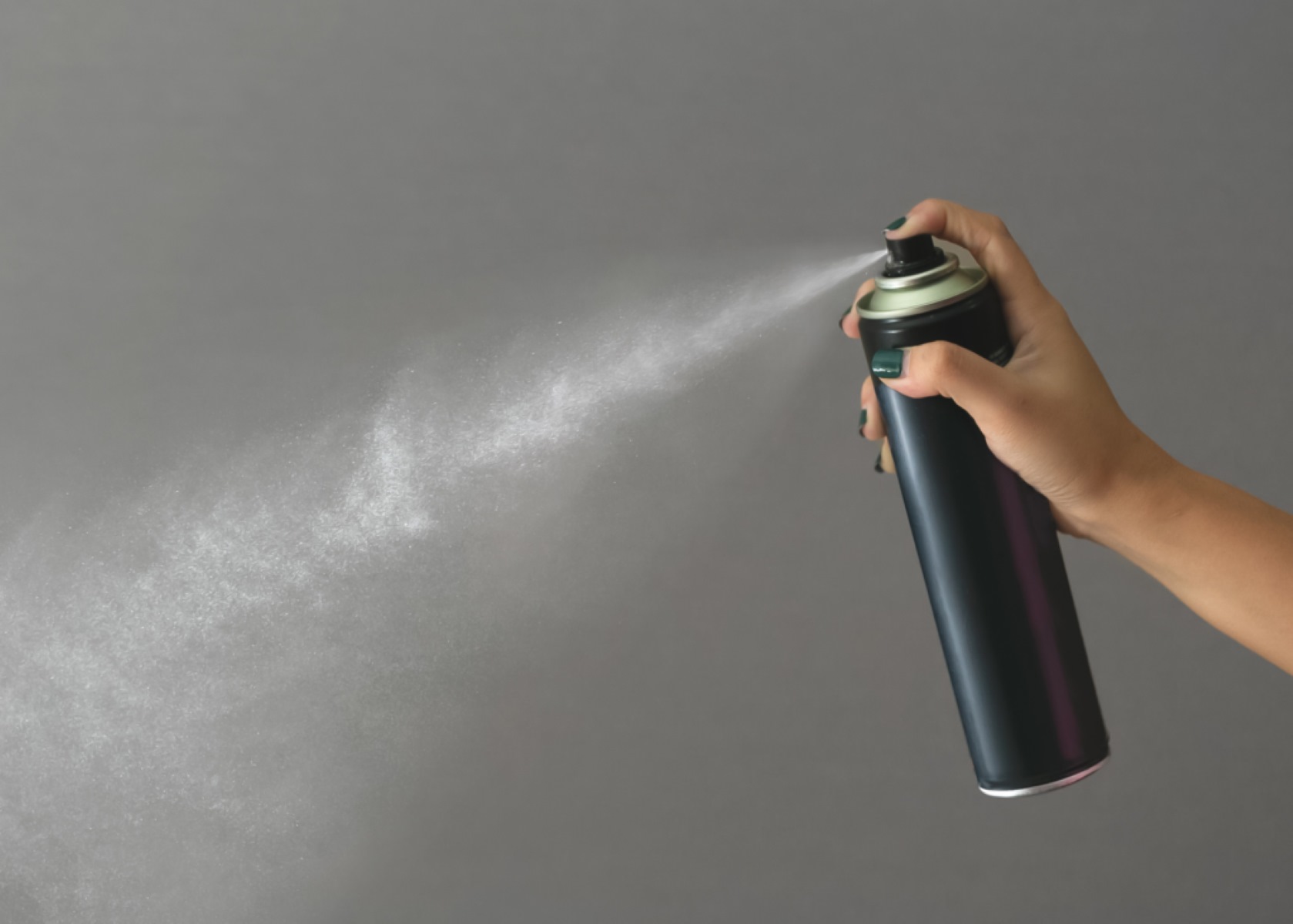

0 thoughts on “How To Clean Stickers Off Glass”